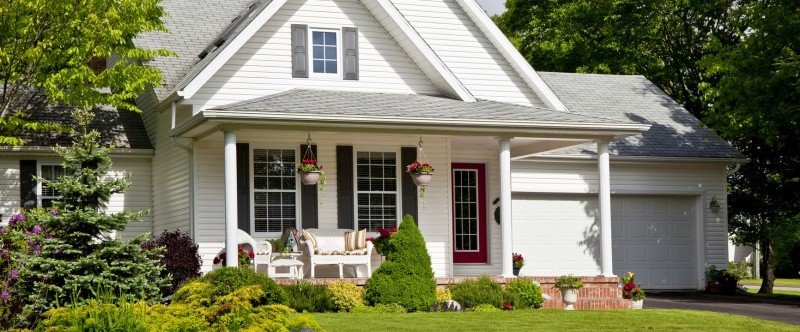Massachusetts residents have a unique energy consumption profile. From Cape Cod in the east to the Pioneer Valley in the west, Bay State consumers use 22% more energy per household than the national average. Massachusetts homes are more likely to have double or triple pane windows but are less likely to have a programmable thermostat than are their counterparts in other states.
Gas and Fuel Oil Usage High
With cooler weather prevailing during most of the year, the primary energy end use is space heating. Space heating accounts for 59% of home energy use in Massachusetts compared to 42% nationwide. Home heating in Massachusetts relies primarily on natural gas and fuel oil. Electricity accounts for only 10% of all residential heating in the state.
Air conditioning usage in Massachusetts homes is minimal. Massachusetts consumers allocate only about 1% of their home energy usage to space cooling. This compares to 6% nationwide and 18% in Texas. Massachusetts residents prefer room-specific cooling with only 20% of homes having central air conditioning systems. For comparison, central air conditioning accounts for over 60% of residential cooling in all U.S. homes.
Low Electricity Usage
When it comes to electricity usage, Massachusetts households are frugal. Massachusetts consumers use 35% less electricity per household than the national average. This is primarily due to low air conditioning usage and the preference for heating homes with natural gas and fuel oil. Household expenditures for electricity, however, are much closer to the national average given that electricity prices in New England tend to be higher than in other regions of the country.
Massachusetts Home Energy Usage
| Space Heating | Water Heating | Space Cooling | Refrigerator | Other | |
| Massachusetts | 59% | 16% | 1% | 3% | 21% |
| U.S. Average | 42% | 17% | 7% | 5% | 29% |
This makes it especially important for Massachusetts residential energy customers to shop for low electricity rates. Default utility pricing may not always be the best option for the customer. Lower electricity rates from competitive electricity suppliers may be available. Electricity rate plans with value-added services like smart thermostats can also bring additional value to the Massachusetts consumer.



Hey Charlie! My family’s looking to move back east for a few years. I was looking at the chart listing the national average foir electricity rates. Do you know if those numbers are compatible with other states in the area — specifically Connecticut?
Electricity rates are generally high for customers in mid-Atlantic and New England states. According to the U.S. Energy Information Administration, Connecticut residential customers paid an average of 21.00 cents/kWh for the period of August 2014 through July 2015. This is higher, but comparable, to 19.06 cents/kWh paid by New York residents and the 19.42 cents/kWh paid by Massachusetts residents during that same period. For comparison, residential electricity consumers paid an average of 12.62 cents/kWh during that 12-month period.